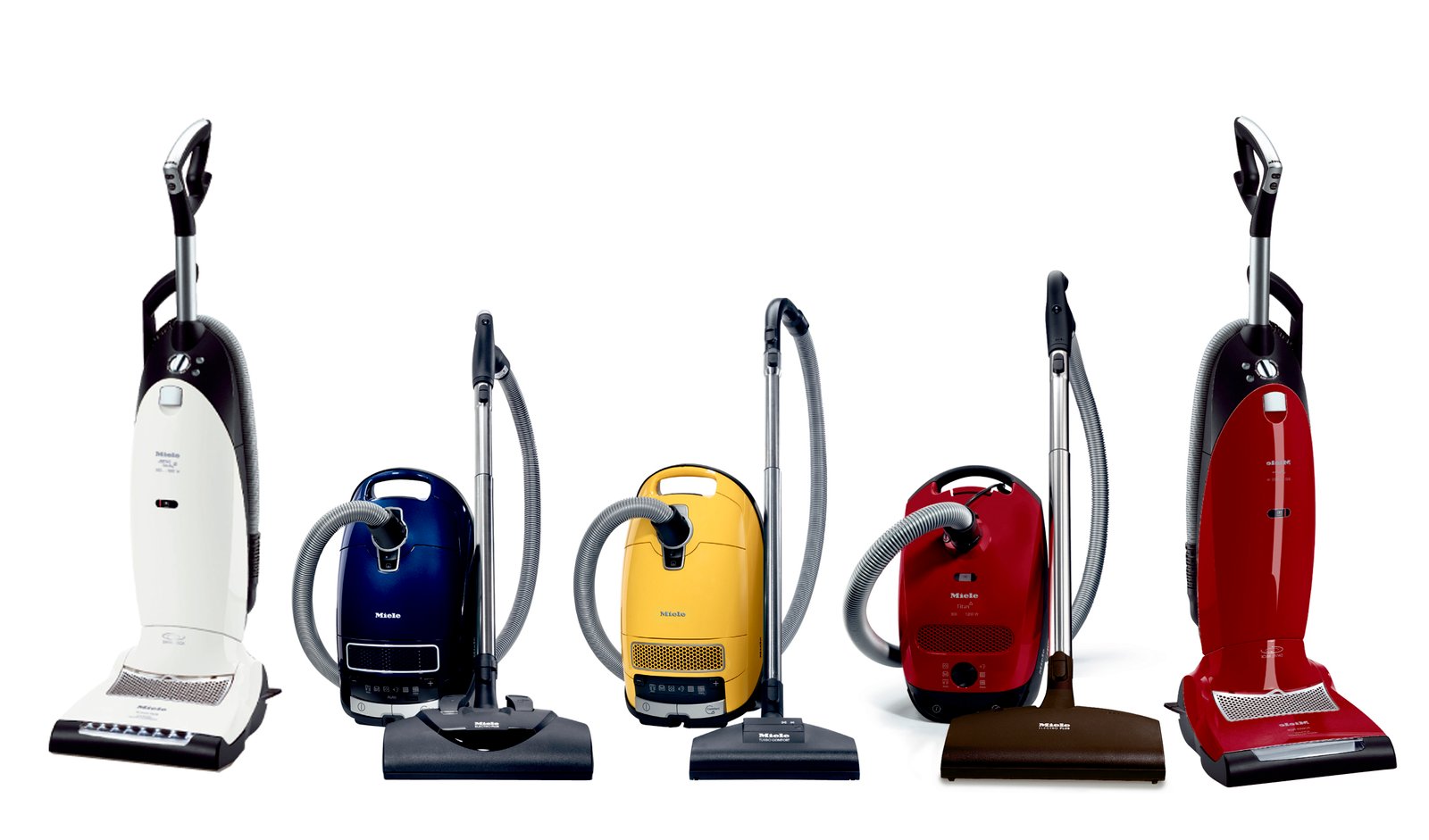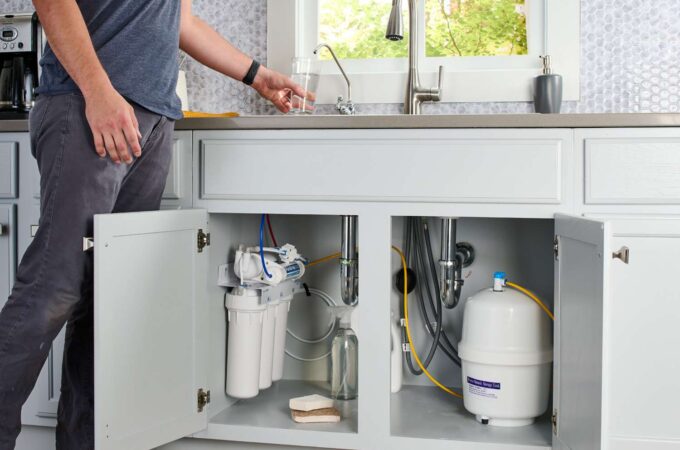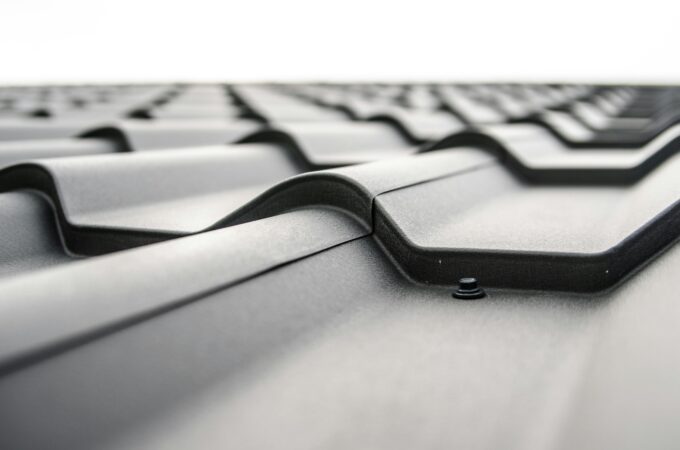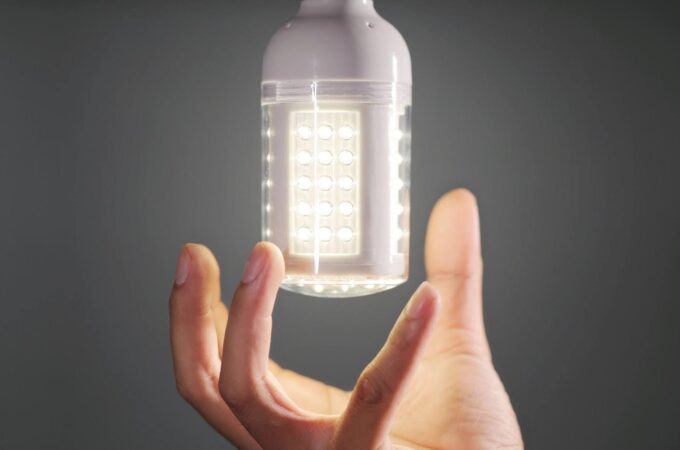
Top-3 Most Popular Types of Vacuum Cleaners 2019
Cylinder Vacuum Cleaners

Cylinder vacuum cleaners can be a powerful alternative to other types of vacuum cleaners for a variety of uses. They are available in standard household models as well as industrial strength models, and can be powered by electricity, compressed air, gasoline or diesel. Cylinder models have very powerful suction and are most convenient for use other than vacuuming carpets. Specifically, cylinder models are very popular for vacuuming inside cars, small or high spaces, outdoors and for spot cleaning spills. They are less easily clogged than many other models and can be used to vacuum larger objects.Many cylinder vacuums are wet dry vacuums.
These models can be used to aspirate various liquids as well as dry dirt, and many are extremely powerful. Some also feature a blower feature which also increases versatility. Wet dry vacuums are also available in upright and other models. Some non-cylinder models of wet dry vacuum have an additional compartment that holds steam cleaning solution, enabling steam cleaning as well as dry vacuuming of carpets. In contrast to these, cylinder models operate strictly by suction.
Some cylinder models, especially industrial strength models, are large and can be heavy especially when their traps are full. Wet dry models in particular can become increasingly heavy when filled with liquids. However, other household cylinder models are small and compact and can even feature a shoulder strap for carrying the vacuum rather than pulling it on wheels. This feature increases the versatility of the model and enables its use in areas where a convenient floor space might not be available to set the cylinder on.
Hand Held Vacuum Cleaners

Hand held vacuum cleaners are perhaps the most convenient models for a variety of smaller jobs. Because they are the smallest and most lightweight models, they can be easily wielded to clean a small spill or spot of dirt. In addition, their light weight makes them convenient for cleaning overhead and other areas that are above waist level without tiring. For example, they are very useful for cleaning drapes or blinds, or along ceilings or upper walls.
Hand held models can be corded or cordless; the cordless models are very convenient for cleaning within cars. Their compact heads fit readily into a dashboard and many of the small spaces within a car. The cup holders, center console and pockets in car doors are all easily managed with a small hand held cleaner.
One disadvantage to small hand held models in comparison to other models of vacuum is their capacity and the lack of surface area covered by a single sweep of the vacuum’s head. Because their heads are so small and compact, they are not practical for cleaning large areas. Additionally, their dirt cups are small and can become full quickly, requiring frequent emptying. Some models have less power than upright, cylinder or canister vacuum models, although many hand held models can be very powerful.
The size of object that can be aspirated by a hand held vacuum is predominantly limited by its head size. This can be an advantage over uprights and canister models, as fewer parts of the hand held model can become clogged.
Lightweight Vacuum Cleaners

Our mothers’ and grandmothers’ vacuum cleaners were heavy, cumbersome beasts made of metal. Today, vacuum cleaners are made of lightweight plastics and feature highly efficient motors that are both small and powerful. The weight of a vacuum cleaner is particularly important in many of today’s newer homes, which are frequently larger than older homes and have more than one story. The vacuum in the home must be easily transported up and down a staircase and often must also be used to clean the stairs themselves.
While not necessarily weighing more than their canister counterparts, upright vacuum cleaners require more movement of the bulk of the machine during use. With upright models, the hose attachment is generally only used when cleaning furniture, edges, corners or ceilings; the cleaning of the floor requires continual movement of the entire apparatus. Because canister vacuum cleaners only require movement of the small wand and hose during cleaning, they mandate less expenditure of energy from the user as long as the hose can reach into the desired areas.
Automatic or robotic vacuum cleaners can also be compact and lightweight. More importantly, they require no effort by the user except for programming, so their size and weight is considerably less relevant to energy expenditure by the user.
The most lightweight manual vacuum cleaners are small, handheld devices. These are literally operated with one hand, and over the years their size and weight has progressively decreased. Today, the weight of a handheld device can be limited primarily by the size of its dirt cup.
Reference:
- “Shark Navigator vs Rotator – Comparison of Models”, robotbox.net
- “Cylinder Bagless Vacuum Cleaner”, youtube.com
- “The Best Lightweight Vacuums”, nerdwallet.com




